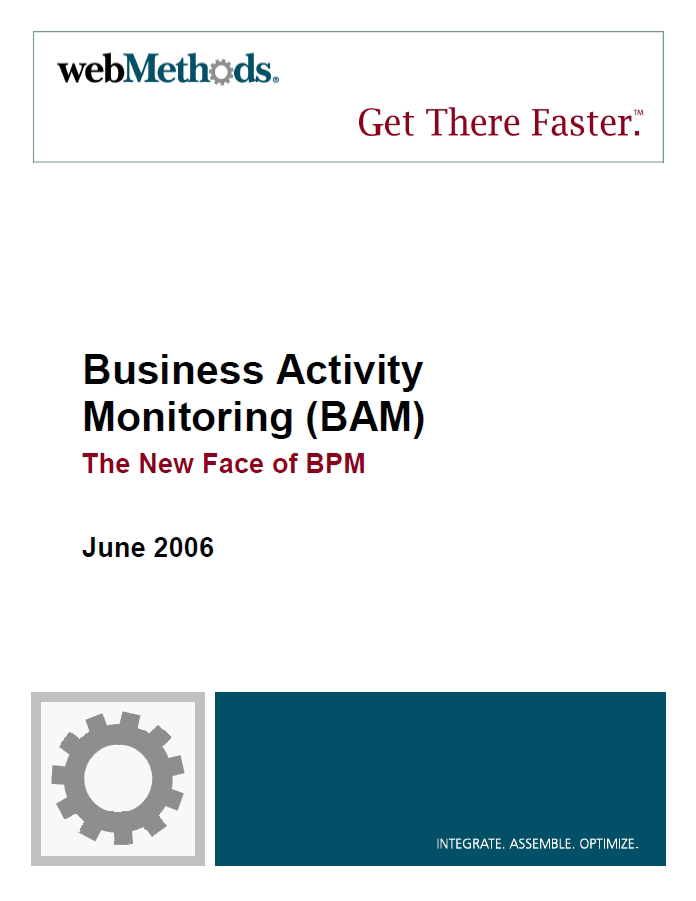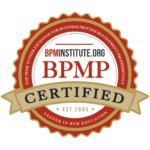Business Activity Monitoring (BAM) broke onto the scene three or four years ago, stimulated by the growing interest in Business Process Management (BPM), which made it possible to understand more clearly the relationship between real-time IT operations and business activities. Global 2000 companies, among others, have achieved significant return on investment (ROI) by using BAM as a real-time, intervention-focused tool for measuring and managing business processes. Using BAM, companies have been able to monitor their business processes, identify failures or exceptions, and address them in real-time. In addition, since BAM tracks process executions and knows when they succeed or fail, it builds up valuable records of behavior that can lead to overall process improvement, while also providing a useful tool to manage compliance, assure business transactions, and reduce risk.
The BPM Lifecycle: Exploring Models for Strategy to Execution and Continuous Improvement
BPM lifecycle—the conceptual framework organizations use to describe how processes are managed, improved, and governed over time. But here’s the truth: we don’t have a standardized model of the BPM lifecycle. And in fact, that’s one of the things we love about BPM....

















